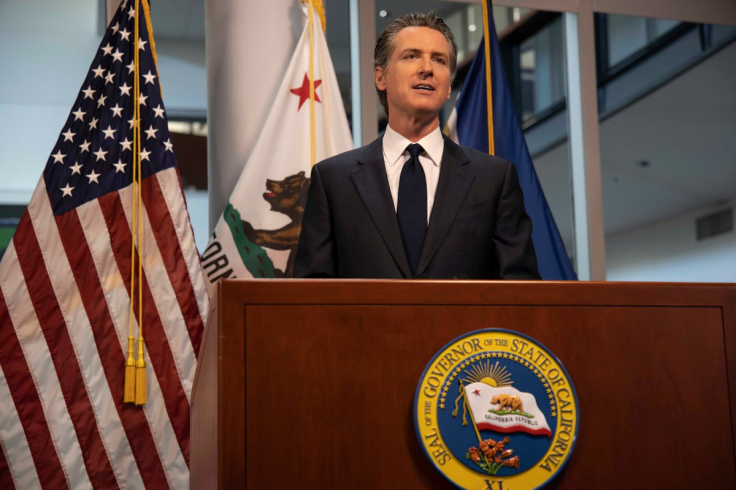California Legislature Votes Unanimously to Block AI Bots from Replacing Community College Faculty
ByIn a unanimous decision, the California legislature recently passed a bill to prevent artificial intelligence (AI) bots from replacing community college faculty.
This short, two-page bill, which has now been sent to the desk of Governor Gavin Newsom, aims to ensure that the "instructor of record" for any community college course remains a human who meets the state's rigorous qualifications. This legislation, while addressing labor concerns, primarily seeks to safeguard the quality of education and the student experience.

Safeguarding Human Instruction
The bill, a product of the Faculty Association of California Community Colleges' governance committee, emerged from growing concerns about AI encroaching on areas traditionally occupied by humans. Wendy Brill-Wynkoop, the association's president, emphasized the potential long-term effects on students. She acknowledged the power of AI tools but stressed the importance of caution, given the nascent stage of AI technology. The bill aims to ensure that students continue to receive instruction from qualified human faculty, recognizing the unique value that human interaction brings to the educational process.
Brill-Wynkoop pointed out instances where AI tools are already being used in California to replace counselors and augment tutoring services. However, she argues that while these tools can be beneficial, they should not replace the essential role of human faculty. The bill reflects a proactive approach to addressing the potential future implications of AI in education, rather than an immediate response to widespread replacement of faculty by AI.
National and Institutional Perspectives
The concern about AI replacing human jobs is not unique to California. Faculty members across the United States have voiced similar apprehensions. For instance, at Boston University, faculty expressed alarm when the university's dean suggested using AI to manage course discussions and labs during a graduate student strike. This example underscores a broader anxiety within the academic community about the potential for AI to displace human educators.
The National Education Association is set to release guidance for faculty unions to use in bargaining discussions about AI replacements. This reflects a growing recognition of the need for clear policies and protections as AI technology continues to advance. Despite these concerns, there is no widespread movement towards similar legislation in other states.
Larry Galizio, president and CEO of the Community College League of California, characterized the bill as essentially confirming the existing state of affairs. He noted that while there are concerns about privacy and the broader implications of AI, the immediate focus should be on engaging in informed discussions about the role of AI in education. Similarly, Martha Parham from the American Association of Community Colleges indicated that while AI is a significant topic of discussion, there is no current push for legislation to replace faculty with AI bots.
Balancing Innovation and Preservation
The California bill represents a careful balancing act between embracing technological innovation and preserving the essential human elements of education. Brill-Wynkoop made it clear that the Faculty Association of California Community Colleges does not oppose AI. Rather, they seek to set limitations to prevent potential over-reliance on AI, especially in light of budget constraints that might make AI an attractive cost-saving measure.
AI has the potential to revolutionize various aspects of education, from administrative tasks to personalized learning experiences. However, it is crucial to distinguish between using AI as a supplement to enhance education and using it as a replacement for human faculty. The latter could undermine the quality of education and the personalized support that students receive from experienced educators.
As Governor Newsom considers the bill, its passage or veto will set a precedent for how states might approach the integration of AI in education. This decision will also influence ongoing debates about the role of technology in academia and the importance of maintaining human connections in educational settings. Ultimately, the goal is to ensure that AI serves as a tool to support and enhance human instruction, rather than replace it.
RELATED ARTICLE : Researchers Use AI Tools Despite Data Security Concerns, Report Finds
© 2025 University Herald, All rights reserved. Do not reproduce without permission.








